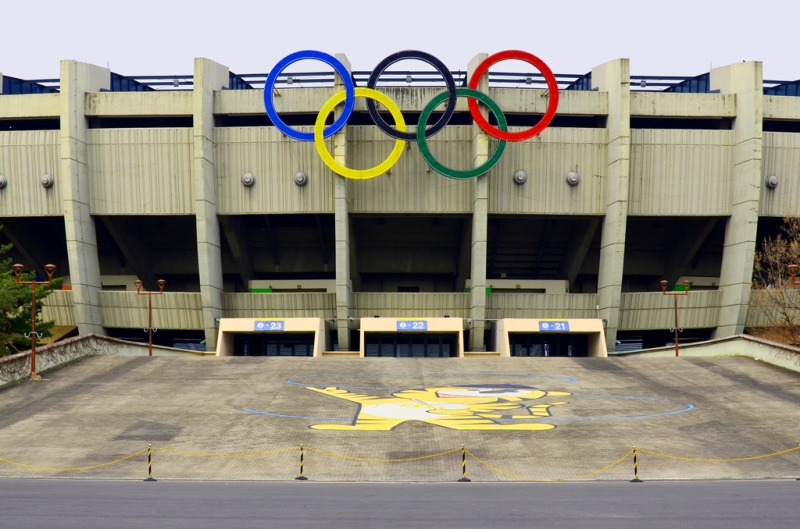
For sixteen days the whole world has been watching the Olympic Games without stopping. Hundreds of thousands of visitors flock to the city where they take place. Hundreds of millions of dollars are being invested in preparation. Sixteen days of glory end, the guests leave, the fire goes out, and the city is left with grandiose buildings that are unnecessary to it, erected specifically for the Olympics. In this article we will tell you about abandoned Olympic sites around the world.
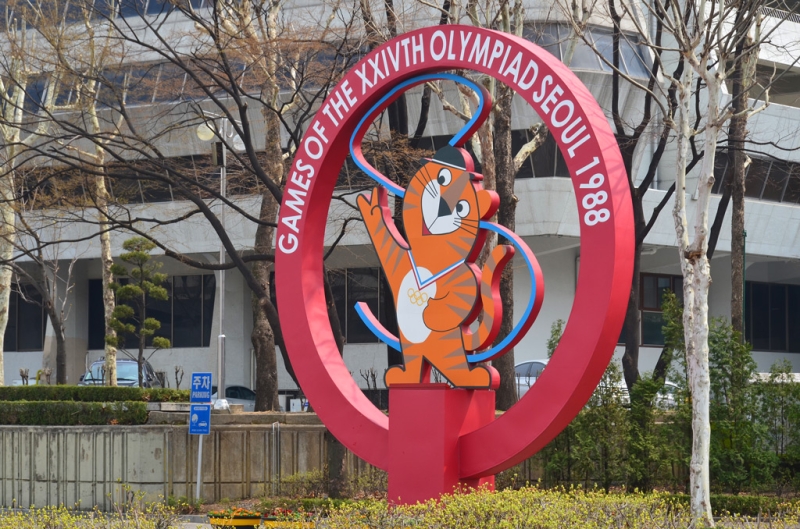
Having fulfilled their function, these ultra-modern buildings, built using advanced technologies, most often remain abandoned and join the Olympic complexes, which people first feverishly built and then immediately forgot. Only a few continued to use it for its intended purpose – to hold sporting events at stadiums and live in the houses of the Olympic village. Many complexes were rebuilt, some were demolished, and some were left to be overgrown with grass and turn into ruins in the middle of the cities that were so proud of them in the beginning.
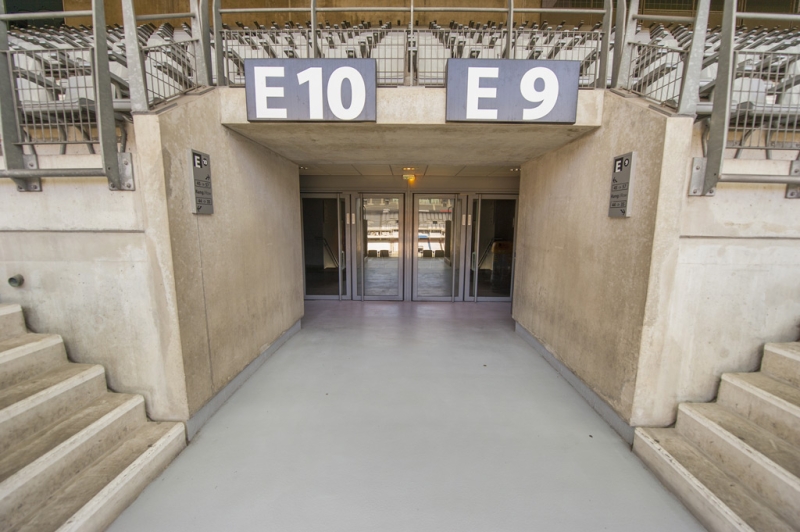
Paris, 1924
Thanks to the 1924 Olympics, France’s prestige rose, and the country was able to recover after the First World War. When the games ended, almost all the constructed objects were repurposed or dismantled. Today, only one building remains from the Olympics – the Stade de Paris, but it will soon resemble those post-war ruins. This football stadium was used for rugby matches for many years after the Olympics, and only after being damaged by the 1999 hurricane was it closed and forgotten.
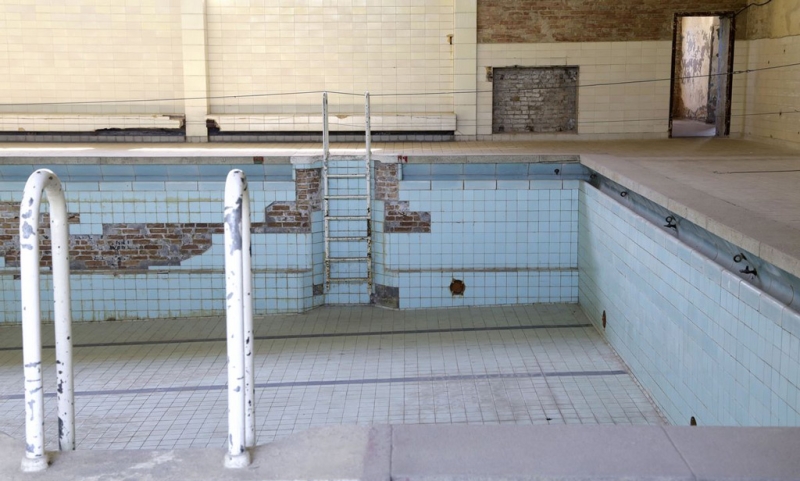
Berlin, 1936
The infamous “Nazi Olympics” started three years before the start of World War II. They were opened personally by Adolf Hitler, and all games were used to demonstrate the superiority of the German nation. But the sporting victories were forgotten, and the monstrous philosophy of that Olympics was remembered for a long time.
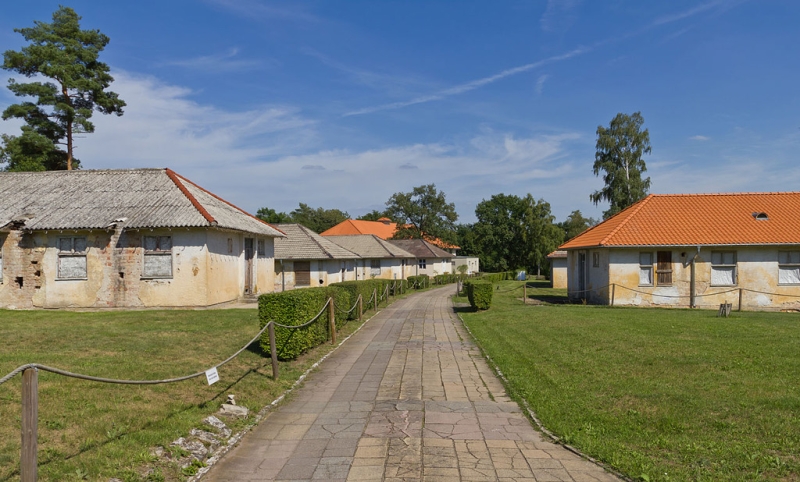
Although some of the buildings were used for several decades, most of them: sleeping quarters, an indoor training pool and many others were left to rot after the war. In recent years, there has been talk of giving the remaining buildings (25 out of 140 built) the status of historical monuments.
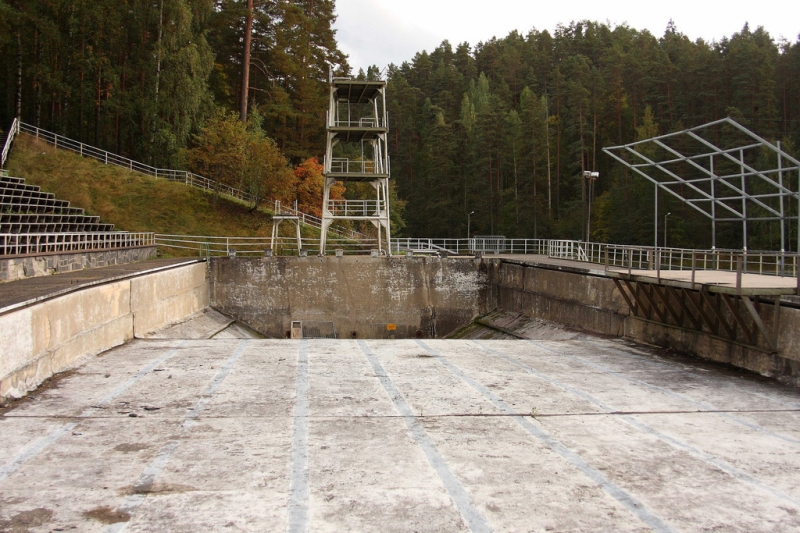
Helsinki, 1952
The Soviet Union, China and Israel first competed at the Olympic Games in Finland in 1952. The Helsinki Olympics were planned for the summer of 1940, but when the time came, Europe, blazing in the fires of war, had no time for the games.
Almost all the facilities of that peaceful Olympics were destroyed, rebuilt and abandoned. Now only the main stadium and the swimming pool remain, but even that has turned into ruins.
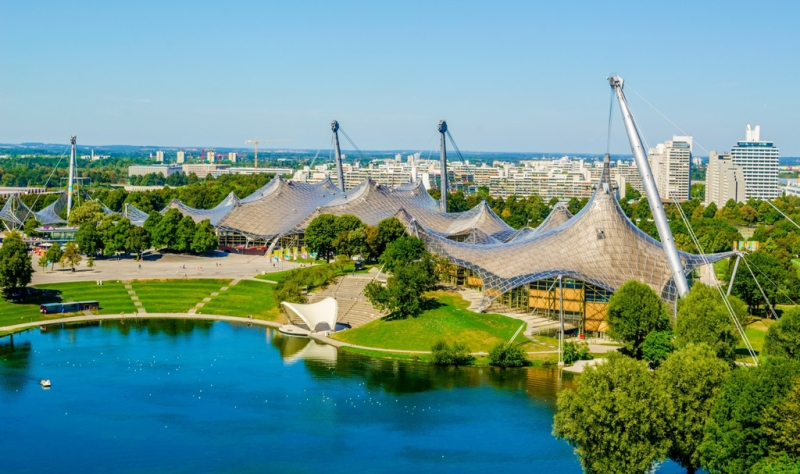
Munich, 1972
Another inglorious Olympics took place in Germany in 1972 and became known as the “Munich massacre.” Eleven members of the Israeli team were kidnapped from the Olympic Village and killed by Palestinian terrorists.
Almost all the facilities of the sports park remained in use, the Olympic Village turned into a residential complex, and only the railway station, built to receive a large flow of spectators, fell into disrepair.
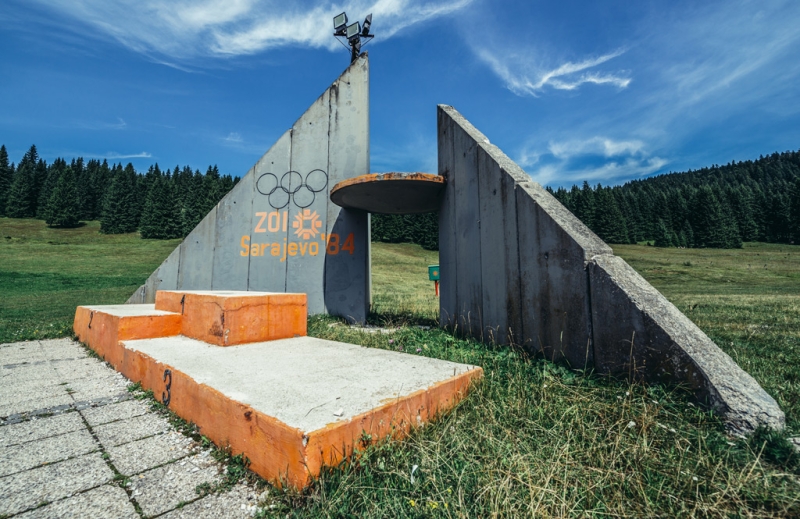
Sarajevo, 1984
The capital of Bosnia and Herzegovina, Sarajevo hosted the Winter Olympics in 1984. A total of nine objects were built, which were abandoned immediately after the games closed, and a few years later destroyed during the Civil War.
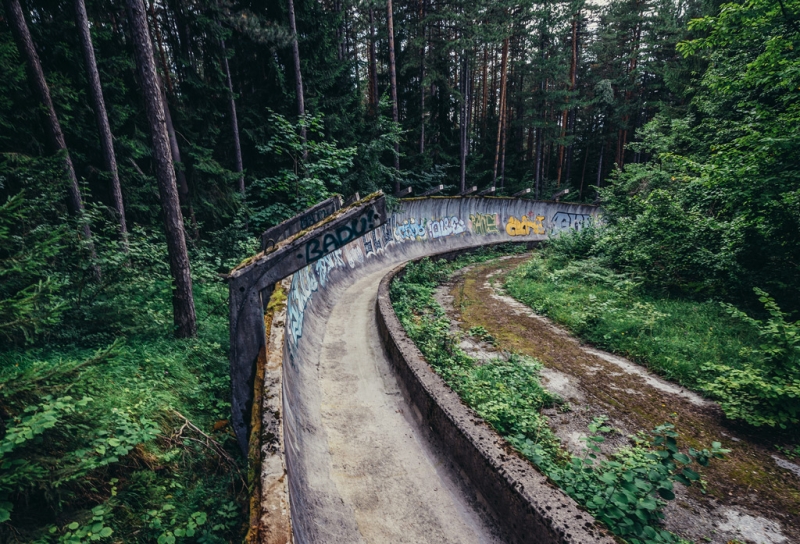
Some of them, such as bobsled tracks, were used for military purposes. And only the Zetra Olympic Hall, where the closing ceremony was held, remained in good condition.
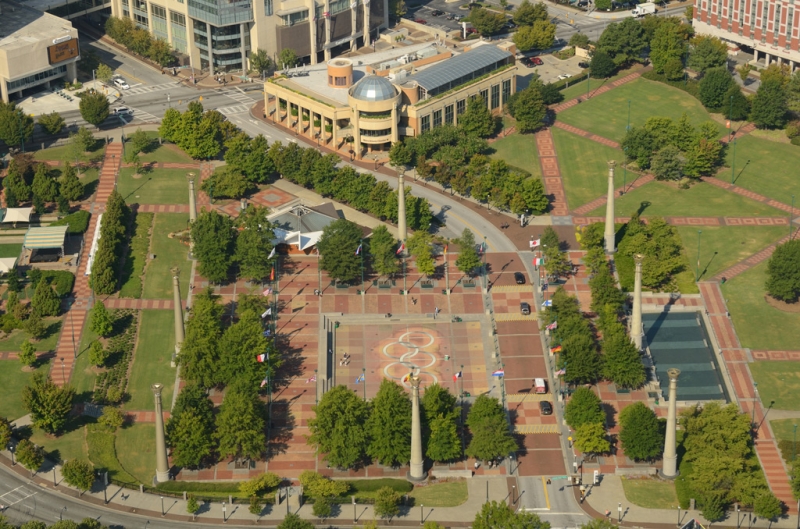
Atlanta, 1996
It’s not at all typical for America to abandon expensive objects unattended, but there was something sinister about the now forgotten Olympic complex in Atlanta: a bomb exploded in the park, claiming one life, injuring 111 people and blocking memories of sports victories.
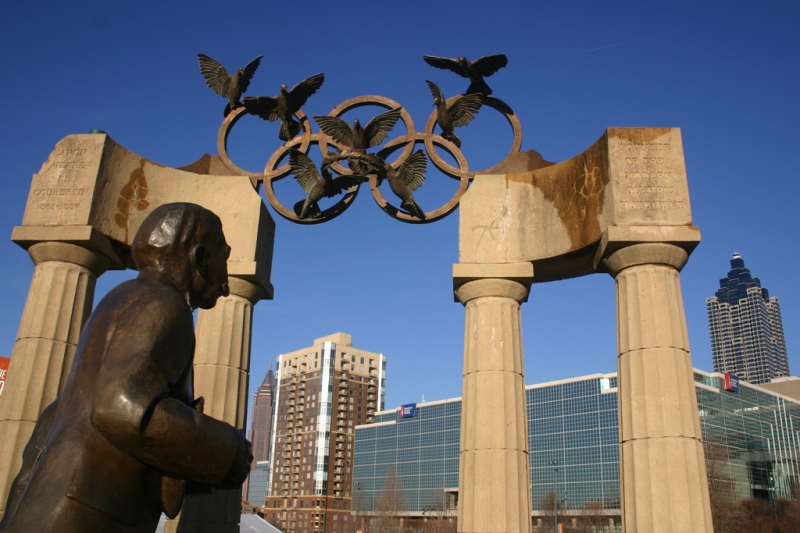
This Olympics in Atlanta was commercially profitable, which is unusual for modern games. Almost all the objects were actively used at first, but gradually fell into disrepair. The last to be abandoned was the Stone Mountains tennis court in 2007, and since then the Olympic Park has been slowly crumbling.
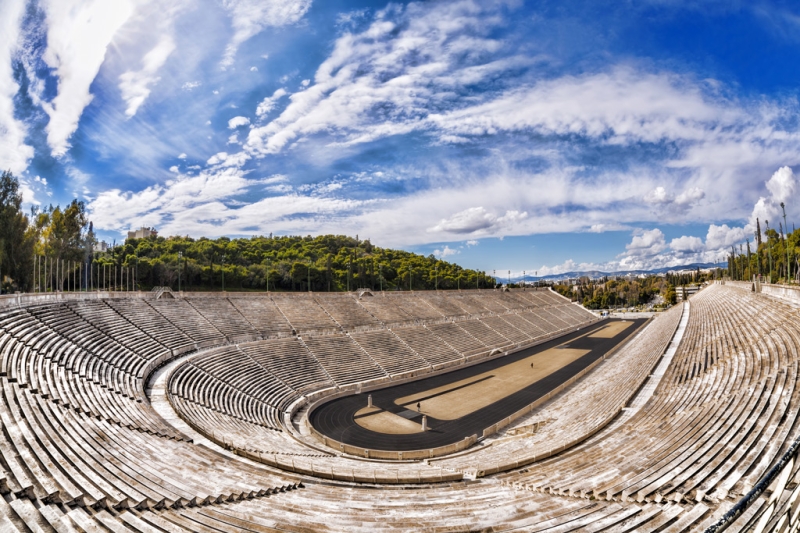
Athens, 2004
The special Olympics, held in the historical homeland of the games, attracted the attention of the whole world and was distinguished by an almost ancient scale. Ten years later, all the Olympic sites lay in ruins comparable to those of ancient Greece and became a symbol of excess and unjustified costs, because many Greeks blame that Olympics for their economic crisis.
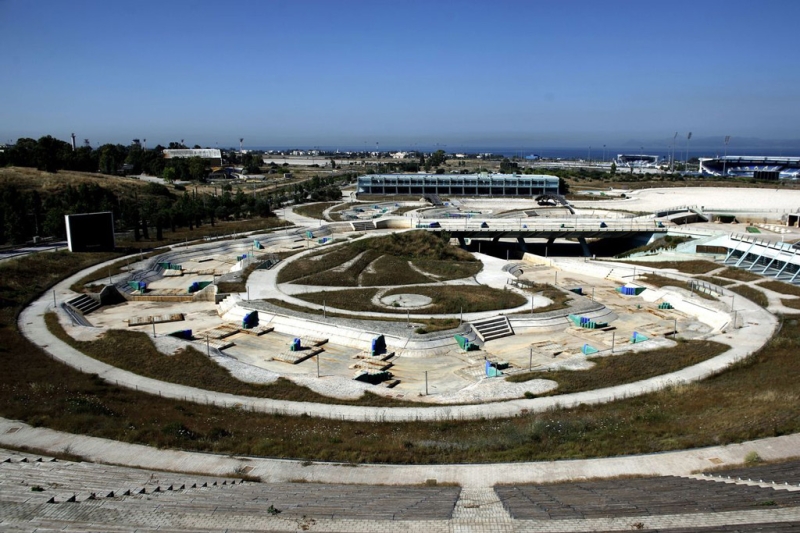
Most of the park: volleyball courts, weightlifting halls, tennis courts and much more are left in oblivion. Those objects that are still in use have never been repaired and stand covered in graffiti and rust stains. The Olympic Village, in which $11 billion was invested, was inhabited only for the duration of the games and immediately abandoned immediately after the end. In general, these ruins are distinguished from the Parthenon only by a difference of thousands of years.
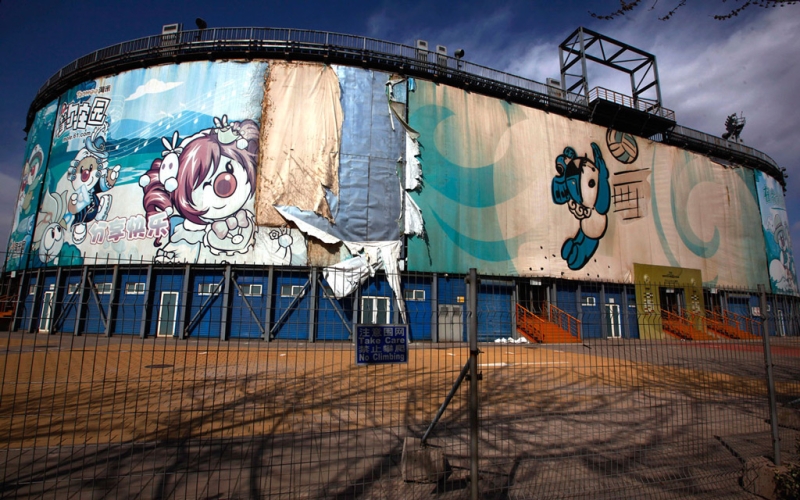
Beijing, 2008
The luxury and extravagance of the Olympics in China in 2008 exceeded the expectations of the whole world. About five million people filled the huge park to see the amazing, unprecedented spectacle. Fireworks filled the sky, millions of LED screens, thousands of drummers, dancers and singers – it seemed that the entire billion-strong population of the Celestial Empire supported this significant event for the country.
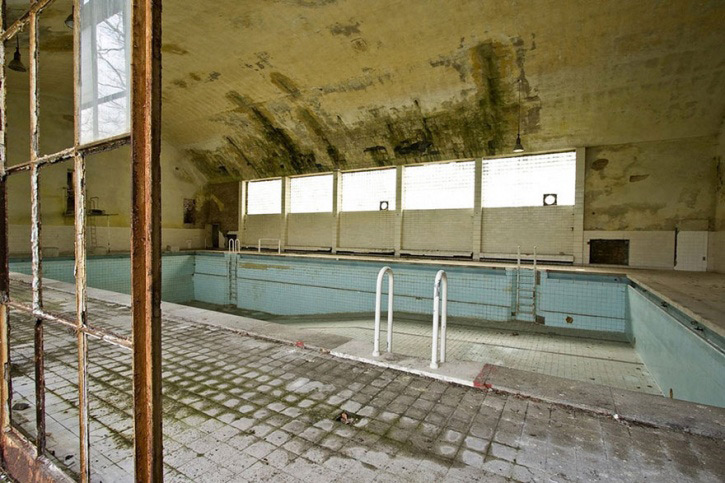
But what then? Officials admitted that the organizers did not take into account the possibility of long-term use of the facilities, because these were the first Olympic Games for China, and they tried to make them as spectacular as possible, without thinking about tomorrow. The iconic Bird’s Nest Stadium is so rarely used today that it would take about 30 years to recoup the $480 million investment to build it. Another object, the “Water Cube,” is supported only by government support. All other buildings, grounds and stadiums are abandoned and forgotten.
Are you going on a trip? Don’t forget about insurance!
Source: howtheyplay.com

